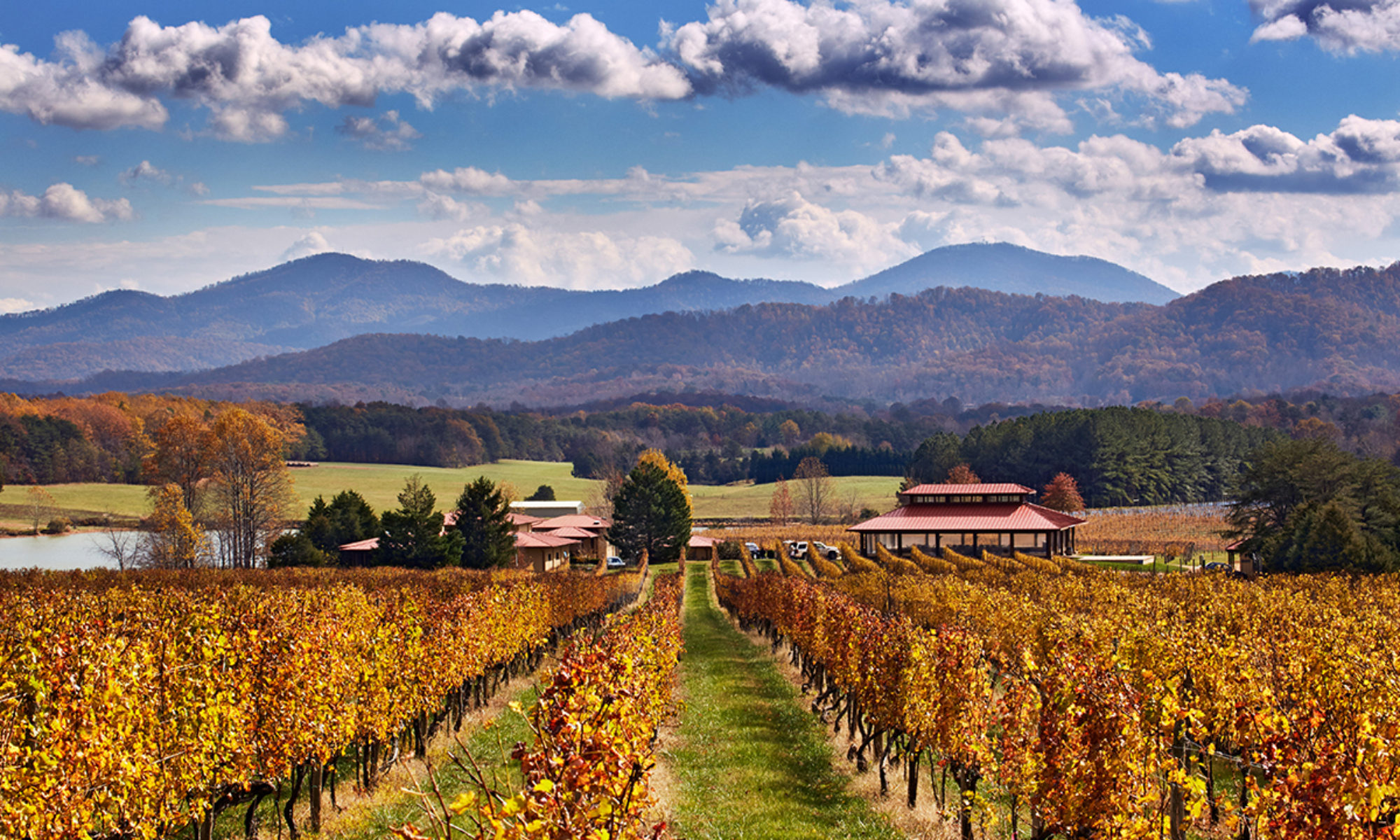Skippers Creek is located in Powhatan County, some 45 minutes West of downtown Richmond, off of Rivers Estate Road and along of Skippers Creek itself. Skippers Creek is a family-owned dairy and tobacco farm that reinvented itself as a winery in 2012. Owners Debbie and Charles Zaccharias had previous careers in health care, though the farm has been in Debbie’s family for generations. Getting there may be a challenge, down a gravel, single track road.
Wine. Tier III. Small six-acre vineyard planted with Cabernet Franc, Merlot, Petit Verdot and Malbec. Wines available as of early 2020 include Chardonnay, Cabernet Franc, and red and white blends. At between $15-20 a bottle this is some of the more affordable Virginia wine. Charles, or “Chuck”, is the winemaker.
Setting. Nice quiet setting among the vines. The Zaccharias have their tasting bar on wheels, for outside on pleasant days and inside otherwise. Snacks available.
Stories: The Civilian Conservation Corps in Virginia. At the height of the Great Depression in 1933, 13.6 million people were unemployed in the United States. In the face of this emergency, President Roosevelt, two days after his inauguration, called for the creation of a Civilian Conservation Corps. Roosevelt intended to put 500,000 unemployed youths to work in forests, parks and range lands across the country. Enrollment in the CCC was originally limited to unmarried, healthy men with families aged 18 to 23. Men involved in the camps enlisted for 6-month intervals and were able to serve up to 2 years. Workers were provided three meals a day and a place to sleep. Pay was $30 a month, with $25 of that sent home to families and dependents. Each “company” usually consisted of 150-200 men. During its nine-year run, the CCC employed more than 3 million men and left an undeniable imprint on the nation’s landscape. The CCC built more than 40,000 bridges, planted two billion trees, restored nearly 4,000 historic sites and structures, improved thousands of beaches, roads and shorelines, and created 800 state parks across America, including six in Virginia. On June 15, 1936, just three years after the CCC began, Virginia simultaneously opened six state parks: Douthat, Westmoreland, Hungry Mother, Fairy Stone, Staunton River and Seashore, which is now First Landing. The CCC also helped develop what would become Pocahontas State Park and the National Park Service’s Prince William Forest Park. In Shenandoah, the CCC helped build the infrastructure for the future national park, including the construction and landscaping of areas all along Skyline Drive, overlooks, and picnic grounds. Today you can delve further into the CCC’s work in Virginia at the Civilian Conservation Corps Museum, located at Pocahontas State Park in Chesterfield, some twenty miles from Skippers Creek.
